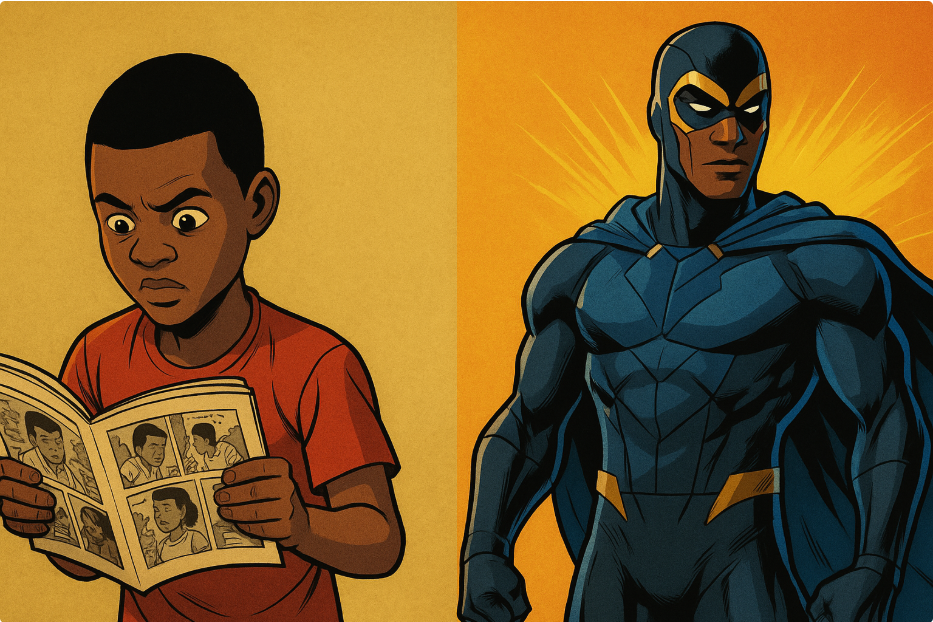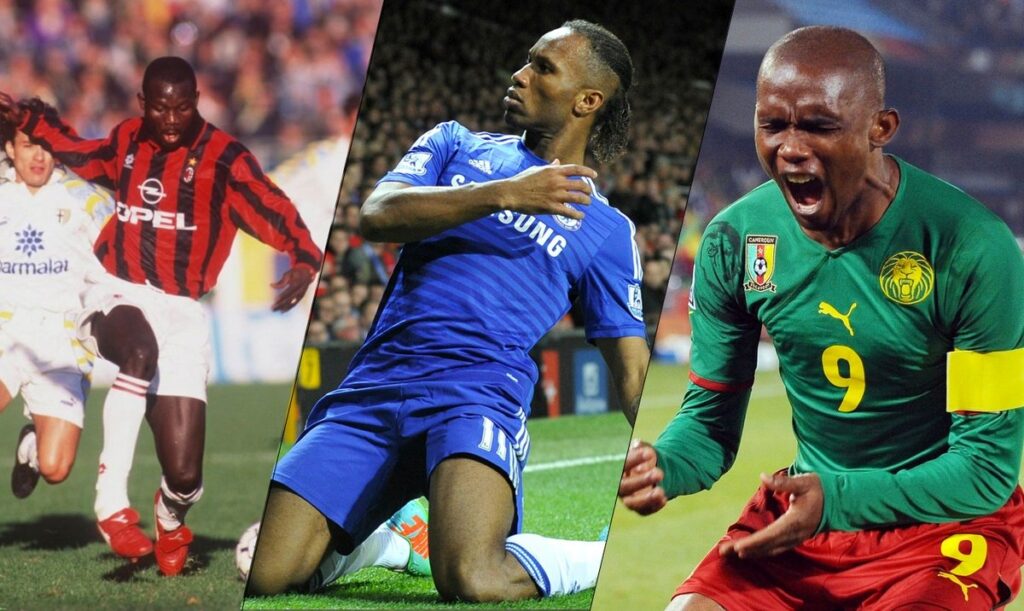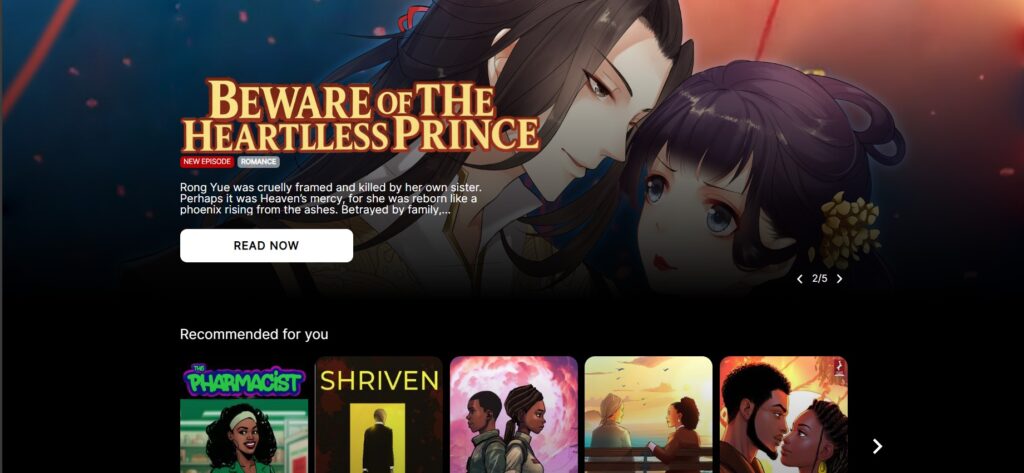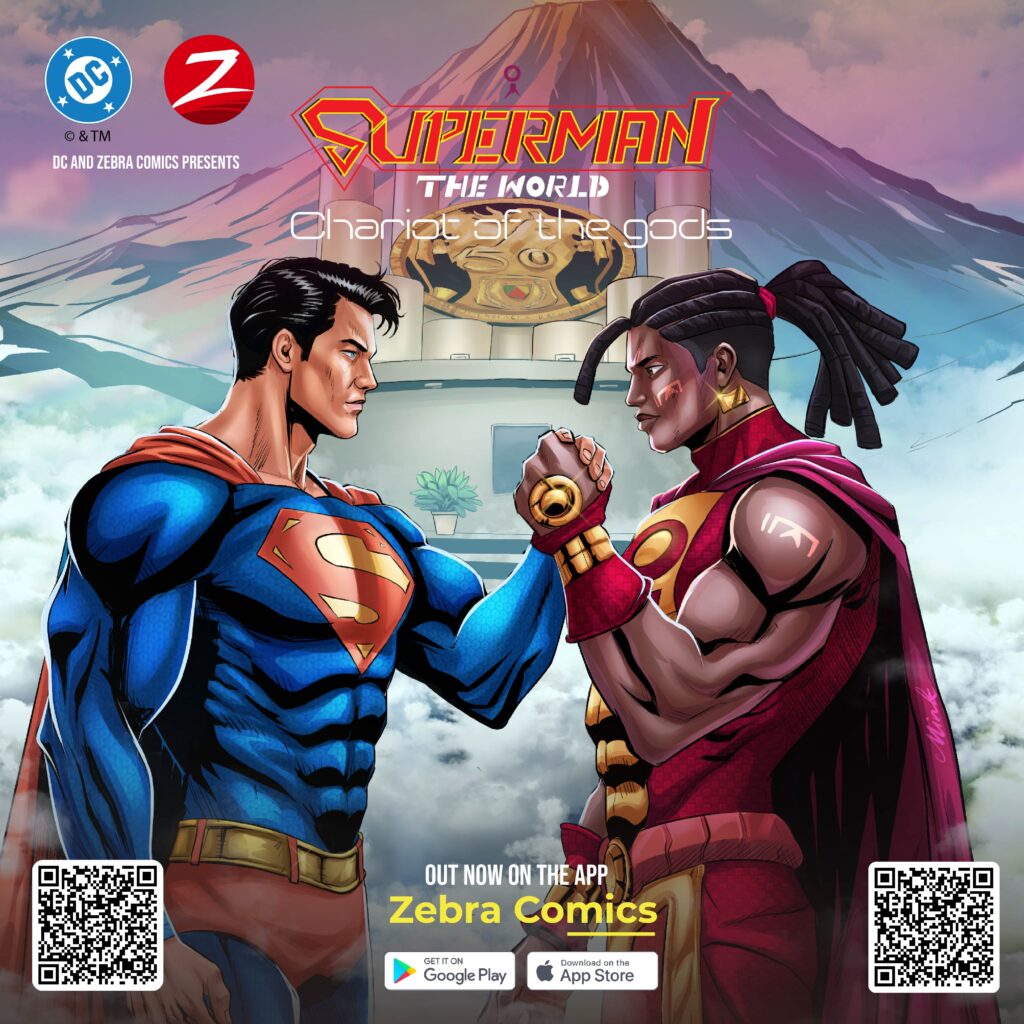BD Camerounaises : Héritage et Nouvelles Générations
La bande dessinée au Cameroun est une histoire riche en passion, résilience et créativité. Entre un héritage solide porté par les pionniers et une nouvelle génération d’auteurs qui redéfinit les codes, la BD camerounaise occupe aujourd’hui une place de plus en plus visible dans le paysage culturel africain et international, portée notamment par des initiatives […]
BD Camerounaises : Héritage et Nouvelles Générations Read More »







